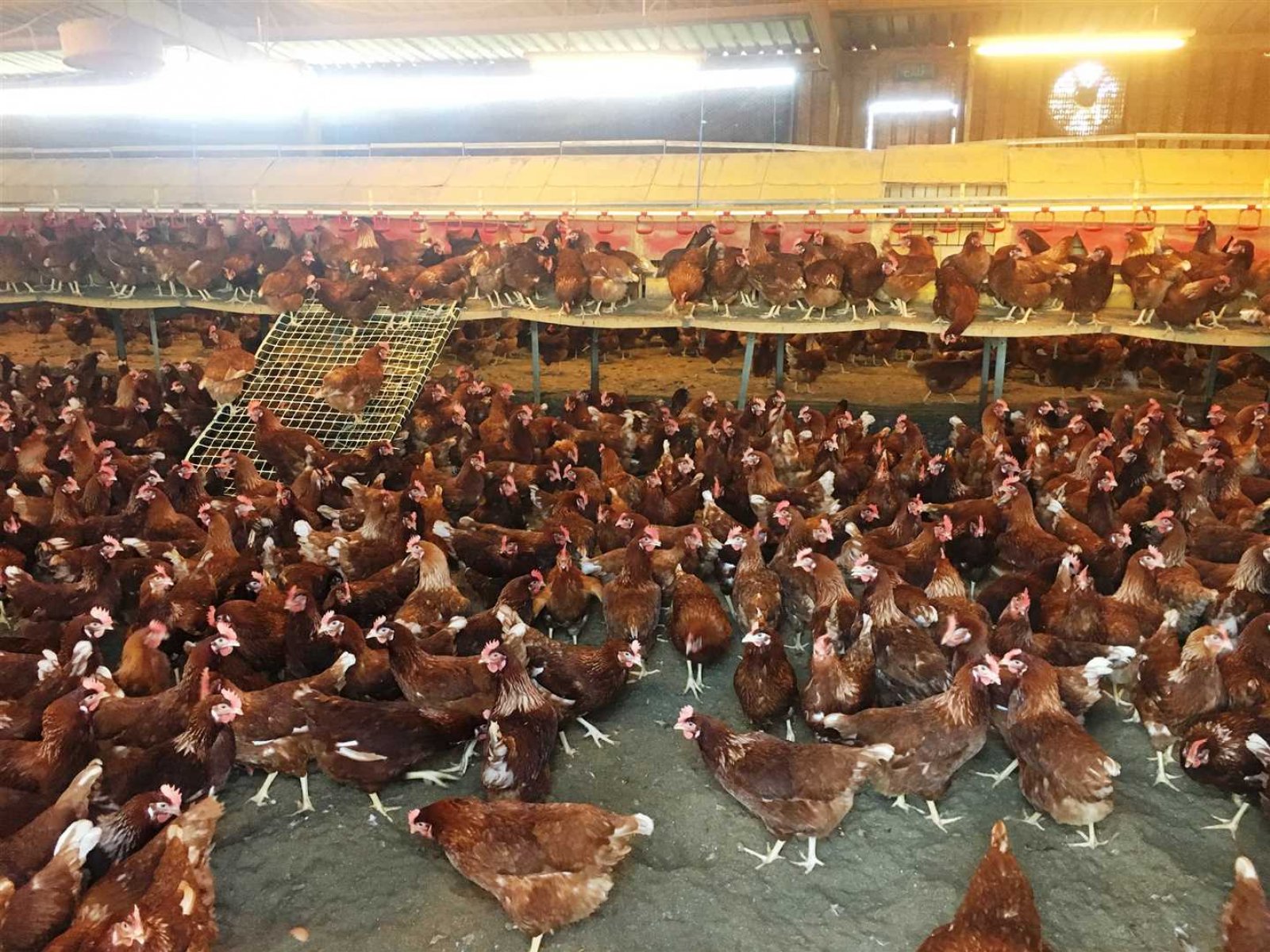Free-Range
The Australian definition for free-range was created in 2016 under Australian consumer law, though is quite loose, prescribing only that hens have 'meaningful and regular access to an outdoor range during daylight hours during the laying cycle', are 'able to roam and forage on the outdoor range', and are 'subject to a stocking density of 10,000 hens or less' per hectare (equating to only one square metre of space each).

In Australia, federal laws require eggs that label themselves as free-range to come from chickens who are allowed access to the outdoors. Free-range farms are able to provide just one square metre of outdoor space for each hen. There are no legal requirements or standards which apply to cage-free or 'barn-laid' egg production systems.
Most consumers buying free-range or cage-free eggs do so because they care about the wellbeing of chickens. Brands sold in major supermarkets market themselves as 'truly free-range,' (Josh's Rainbow Eggs) 'free-range by nature,' (Valley Park Farms) and having 'nothing to hide' (Farm Pride).
Despite common assumptions that free-range means higher welfare, the NSW Department of Primary industries actually lists free-range farming as having the highest mortality rates of any egg production system. Factors such as increased feather pecking, cannibalisation and aggression, as well as risks of something and disease spread contribute to the high number of deaths on free-range farms.
Hens in free range systems still suffer immensely. Like in barn-laid systems, hens in free-range systems are unable to establish their social pecking order, which causes huge stress and consequently aggression among the flock. Hens are still subjected to painful beak mutilation where the tip of their beak is removed, and are still killed at 18 months old when they are no longer considered 'useful' or 'economically viable'. Lastly, for every hen in the free-range egg system, there was still one male chick killed in a macerator or gas chamber.


